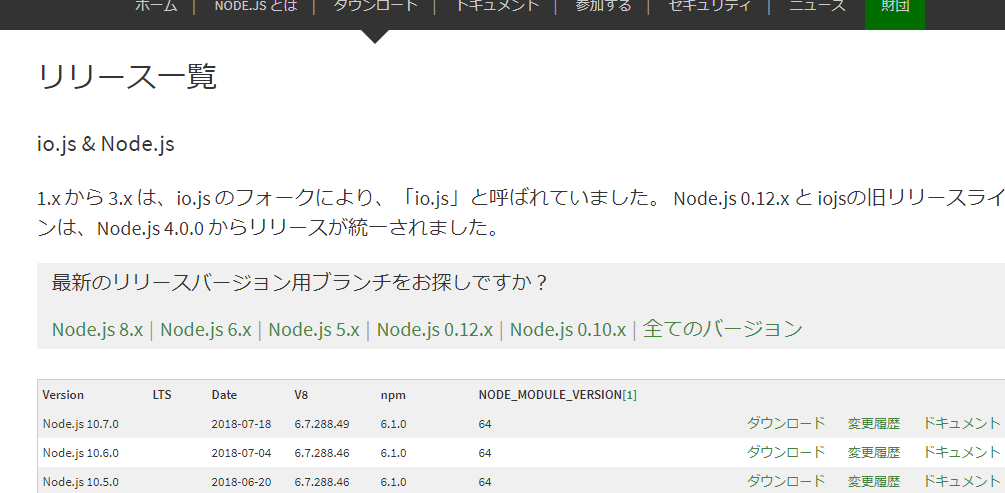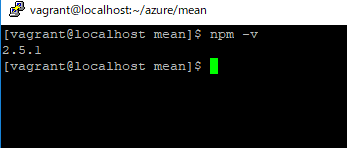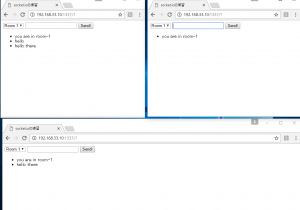[vagrant@localhost test]$ sudo chmod 777 /usr/local/lib;
[vagrant@localhost test]$ sudo npm install -g bower
npm http GET https://registry.npmjs.org/bower
npm http 200 https://registry.npmjs.org/bower
npm WARN deprecated bower@1.8.8: We don’t recommend using Bower for new projects. Please consider Yarn and Webpack or Parcel. You can read how to migrate legacy project here: https://bower.io/blog/2017/how-to-migrate-away-from-bower/
npm http GET https://registry.npmjs.org/bower/-/bower-1.8.8.tgz
npm http 200 https://registry.npmjs.org/bower/-/bower-1.8.8.tgz
/usr/bin/bower -> /usr/lib/node_modules/bower/bin/bower
npm WARN unmet dependency /usr/lib/node_modules/block-stream requires inherits@’~2.0.0′ but will load
npm WARN unmet dependency undefined,
npm WARN unmet dependency which is version undefined
npm WARN unmet dependency /usr/lib/node_modules/fstream requires inherits@’~2.0.0′ but will load
npm WARN unmet dependency undefined,
npm WARN unmet dependency which is version undefined
npm WARN unmet dependency /usr/lib/node_modules/fstream-ignore requires inherits@’2′ but will load
npm WARN unmet dependency undefined,
npm WARN unmet dependency which is version undefined
npm WARN unmet dependency /usr/lib/node_modules/fstream-npm requires inherits@’2′ but will load
npm WARN unmet dependency undefined,
npm WARN unmet dependency which is version undefined
npm WARN unmet dependency /usr/lib/node_modules/glob requires inherits@’2′ but will load
npm WARN unmet dependency undefined,
npm WARN unmet dependency which is version undefined
npm WARN unmet dependency /usr/lib/node_modules/npmconf requires inherits@’~2.0.0′ but will load
npm WARN unmet dependency undefined,
npm WARN unmet dependency which is version undefined
npm WARN unmet dependency /usr/lib/node_modules/tar requires inherits@’2′ but will load
npm WARN unmet dependency undefined,
npm WARN unmet dependency which is version undefined
bower@1.8.8 /usr/lib/node_modules/bower




